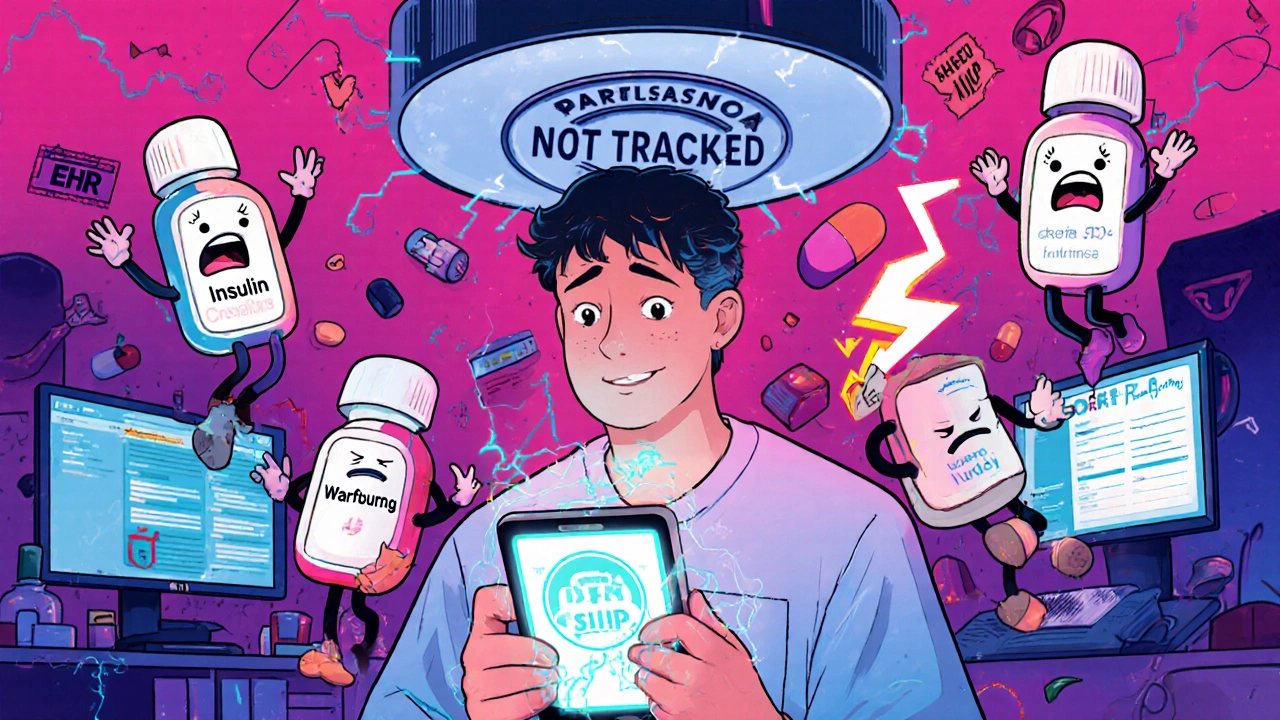FDA Digital Therapeutics: What They Are and How They're Changing Healthcare
When you think of medicine, you probably picture pills, injections, or devices like inhalers. But FDA digital therapeutics, prescription software programs cleared by the U.S. Food and Drug Administration to treat, manage, or prevent medical conditions. Also known as digital medicine, these aren’t apps you download for fun—they’re clinically tested tools prescribed by doctors to help with everything from ADHD to chronic pain. Unlike wellness apps that promise better sleep or stress reduction, FDA digital therapeutics have to prove they work in real patients through clinical trials. The FDA doesn’t just approve them lightly—it requires evidence that they actually change health outcomes, not just track them.
These tools often work by changing behavior. For example, one FDA-approved program for ADHD uses interactive exercises to train attention and impulse control over weeks. Another helps people with chronic back pain retrain their brain’s response to pain signals using cognitive behavioral therapy delivered through a mobile app. These aren’t gimmicks—they’re replacements or complements to pills, especially when drugs cause side effects or don’t work well enough. You’ll find them used for mental health, diabetes, substance use disorders, and even sleep problems like insomnia. The key? They’re prescribed, monitored, and sometimes even paired with wearable sensors to track progress in real time.
What makes FDA digital therapeutics different from regular health apps? It’s the regulatory bar. Any app that just counts steps or reminds you to take your pills doesn’t need FDA approval. But if an app claims to treat a disease—like reducing panic attacks or lowering HbA1c in type 2 diabetes—it must go through the same rigorous review as a new drug. That’s why you’ll only see a few dozen approved so far. But the list is growing fast. Companies are now testing digital versions of psychotherapy, physical rehab, and even addiction counseling. And because they’re software, they can be updated quickly, scaled across the country, and customized for individual needs without needing new manufacturing lines.
Behind the scenes, these tools rely on data. They collect how often you use them, how you respond to exercises, even how your voice or typing patterns change over time. That data helps doctors adjust treatment. For someone with depression, a digital therapeutic might notice you’re skipping sessions and alert your provider before things spiral. For someone managing opioid withdrawal, it might track cravings and suggest coping strategies before a relapse happens. This isn’t science fiction—it’s happening right now in clinics across the U.S.
What you’ll find in the posts below are real-world stories about how digital tools are being used in medicine—not just as add-ons, but as core treatments. You’ll see how they connect to things like medication safety, patient adherence, and even how generic drug availability affects whether these therapies become affordable. Some posts cover how patients use them alongside traditional meds. Others show how doctors decide when to prescribe them. And a few even dig into the legal and regulatory maze that makes these tools possible. There’s no fluff here. Just clear, practical info on what’s real, what’s proven, and what’s still coming.
Digital Therapeutics and Medication Interactions: What You Need to Know in 2025
Digital therapeutics are now FDA-cleared treatments that boost medication adherence-but their interactions with drugs are poorly understood. Learn what you need to know in 2025.
